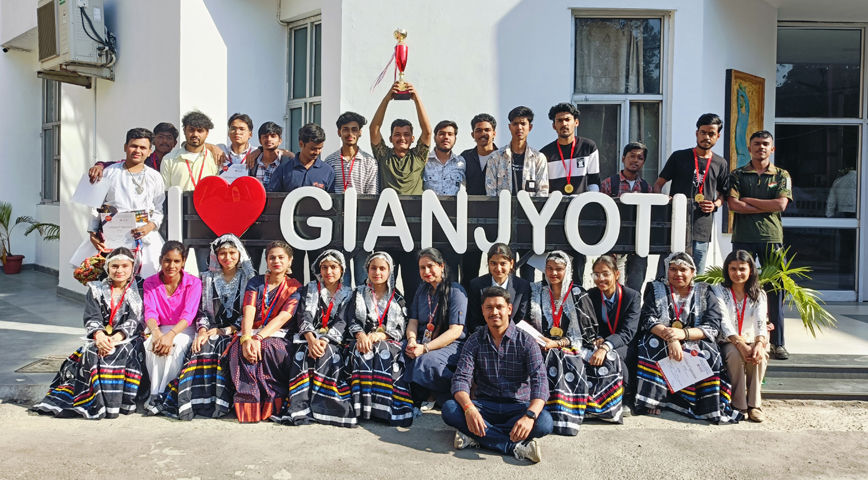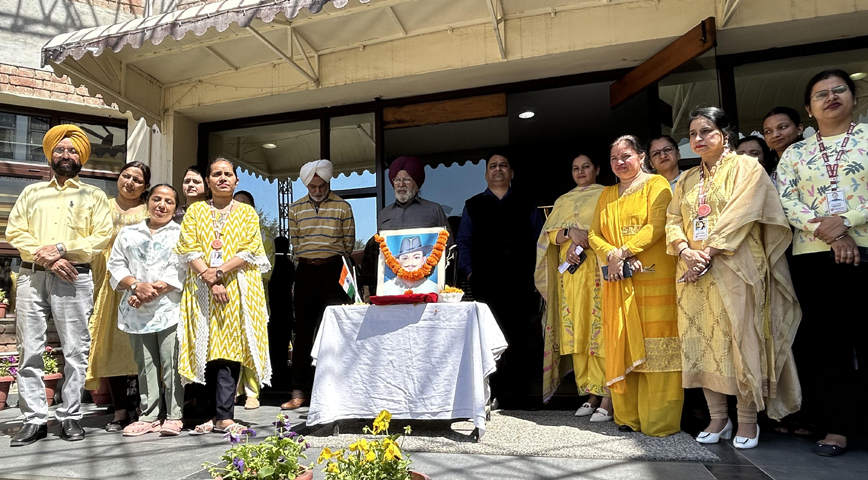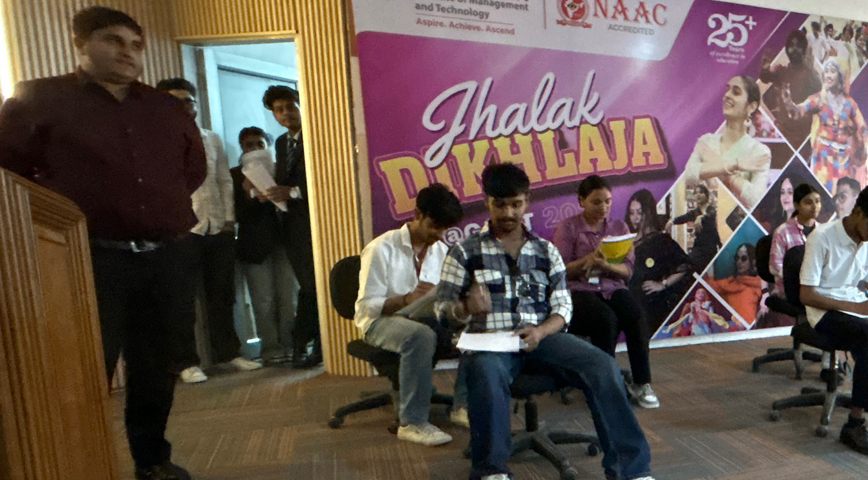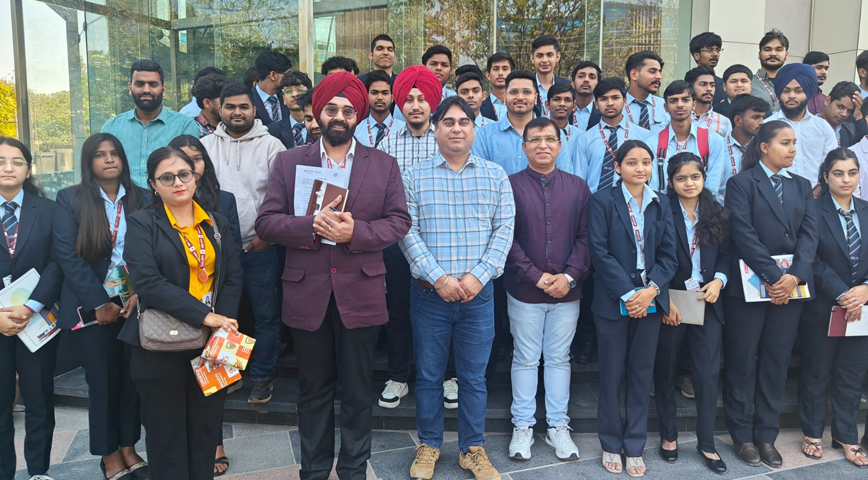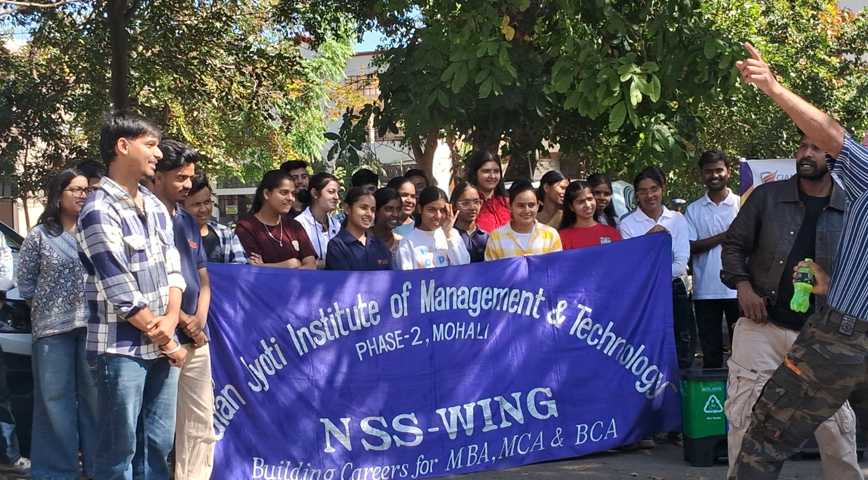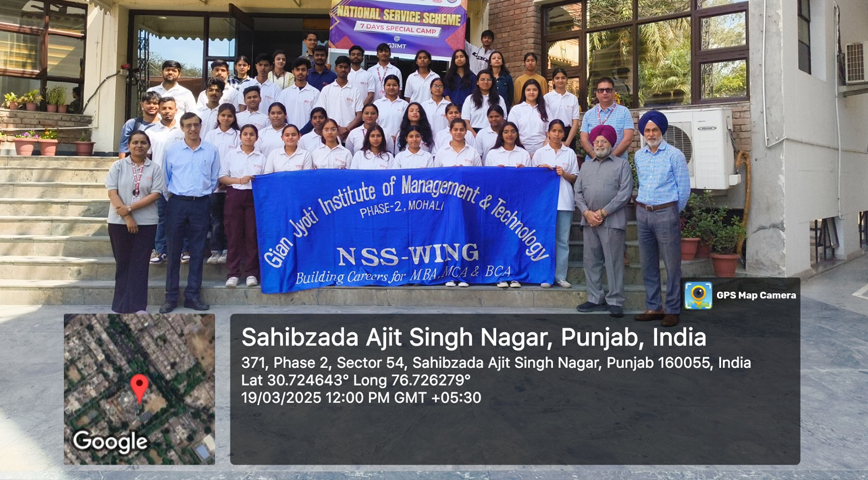
One of India’s most distinguished museums, dedicated to narrating the country’s history and particularly emphasizing the Partition era, was established in 1947 and boasts distinctive architecture. Its primary mission is to foster an appreciation for artistic values by interpreting its extensive collection and implementing innovative programs that integrate art into people’s lives.
Located in Chandigarh, amidst the visionary urban planning of Le Corbusier and set against the scenic backdrop of the Shivalik mountain range, the Government Museum and Art Gallery occupies a prominent position. Designed by Le Corbusier himself, the museum was inaugurated on May 6, 1968, thanks to the visionary leadership of Dr. M.S. Randhawa, a notable art connoisseur and former Chief Commissioner of Chandigarh. Over time, additional buildings were added to accommodate the museum’s growing collection.
Surrounded by carefully chosen trees that enhance its grandeur, the museum campus includes the Government College of Art. The expansive courtyard features contemporary sculptures, creating a harmonious environment for outdoor exhibits. Among its notable attractions are Gandhara sculptures, Pahari and Rajasthani miniature paintings, ancient rock idols, coins, metal idols, a children’s art gallery, and a souvenir shop.
